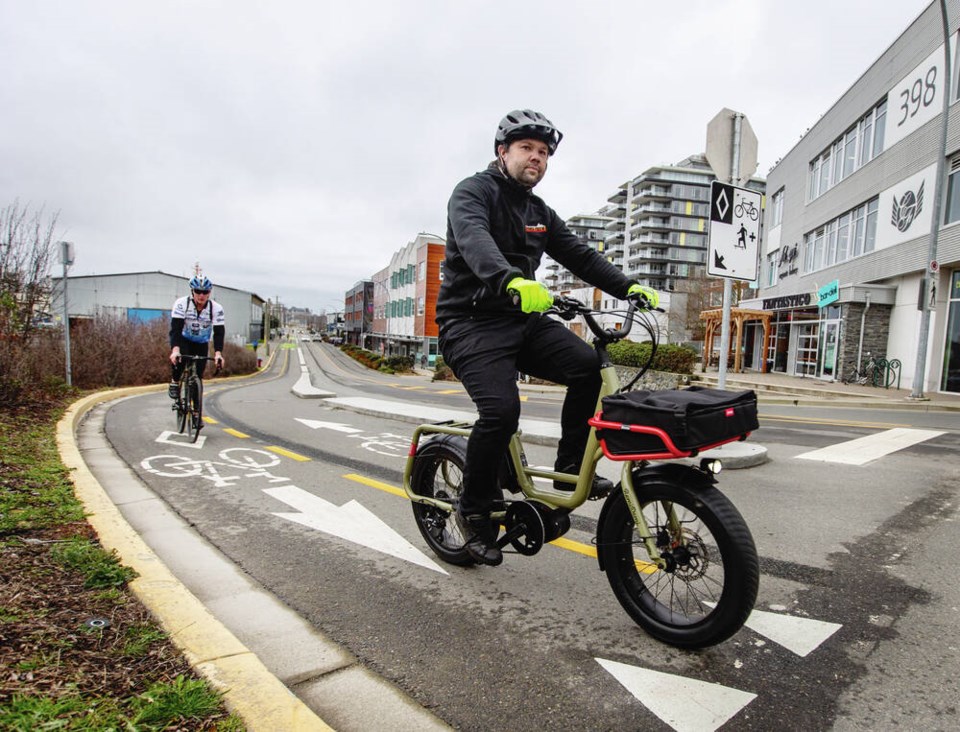A commentary by a resident of Sooke.
British Columbia’s new e-bike rebate program states its goal is to “make e-bikes a clean transportation choice that is more affordable and accessible for everyone … encouraging a mode shift towards active transportation and public transit. E-bikes greatly reduce greenhouse gas emissions and offer a convenient alternative to replacing motor vehicle trips.”
According to the website, the program received an unexpectedly high amount of applications, crashing the site and filling the quota almost immediately.
A news report states that there are over 7,000 on the waitlist. The program office has been so overwhelmed that they’ve closed and cut off all contact with the public (taxpayers who fund the program).
Based on anecdotal and media reports, it seems that a large number of the applicants are retirees who are looking to get a cheap e-bike for recreational use only.
Reports include a retired woman who spent all day refreshing the program website before she was able to successfully log in and apply. Another boasts that she can now upgrade her old e-bike, which was used exclusively for recreation.
People with jobs and families most likely don’t have time to spend all day on the computer, continually refreshing their browser hoping to “win” the e-bike lottery. I know I don’t.
The program has failed to deliver on its stated goals by not restricting the rebate to people who plan to actually use an e-bike as an alternate mode of transportation rather than recreational use — which doesn’t take cars off the road, or make e-bikes more accessible to low-income folks who would use them for commuting to work, grocery store, etc.
I count myself as one of those low-income folks who would benefit from an e-bike. We live about 10 kilometres from the nearest grocery store and the school where I co-ordinate community programs. My wife and I have one vehicle to share, and she uses it to commute to the city a few days a week.
I love riding my bike as a clean form of transportation that contributes to my health and the health of the environment, but it takes a lot of time and energy to travel longer distances by human-powered bicycle.
An e-bike would greatly help me by increasing my range and cutting down on travel time, offering me more freedom.
In short, our family seems to be exactly who the e-bike rebate program was intended to assist. I was excited to take advantage of this opportunity and was all ready to apply on the day the program opened, but by the time I was able to log on it was already full.
There’s still time to remedy this mismanagement of funds and poor planning of the application process. A simple way to narrow down applicants who would actually contribute to fulfilling the program’s stated goals would be to:
a) limit the rebate to people of working age (under 65)
b) limit the rebate to families with one or less cars
It seems to me that this would be an easy filter to apply to current applications and possibly open up the rebate to folks who will actually use an e-bike as an alternate form of transportation rather than a luxury toy.
>>> To comment on this article, write a letter to the editor: [email protected]



